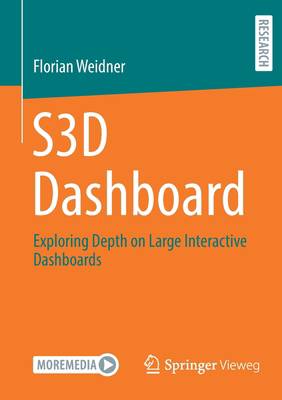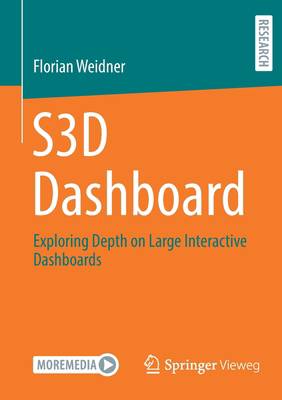
- Afhalen na 1 uur in een winkel met voorraad
- Gratis thuislevering in België vanaf € 30
- Ruim aanbod met 7 miljoen producten
- Afhalen na 1 uur in een winkel met voorraad
- Gratis thuislevering in België vanaf € 30
- Ruim aanbod met 7 miljoen producten
Zoeken
€ 52,95
+ 105 punten
Omschrijving
Over the last decades, the interior of cars has been constantly changing. A promising, yet unexplored, modality are large stereoscopic 3D (S3D) dashboards. Replacing the traditional car dashboard with a large display and applying binocular depth cues, such a user interface (UI) could provide novel possibilities for research and industry. In this book, the author introduces a development environment for such a user interface. With it, he performed several driving simulator experiments and shows that S3D can be used across the dashboard to support menu navigation and to highlight elements without impairing driving performance. The author demonstrates that S3D has the potential to promote safe driving when used in combination with virtual agents during conditional automated driving. Further, he present results indicating that S3D navigational cues improve take-over maneuvers in conditional automated vehicles. Finally, investigating the domain of highly automated driving, he studied how users would interact with and manipulate S3D content on such dashboards and present a user-defined gesture set.
Specificaties
Betrokkenen
- Auteur(s):
- Uitgeverij:
Inhoud
- Aantal bladzijden:
- 202
- Taal:
- Engels
Eigenschappen
- Productcode (EAN):
- 9783658351465
- Verschijningsdatum:
- 13/08/2021
- Uitvoering:
- Paperback
- Formaat:
- Trade paperback (VS)
- Afmetingen:
- 148 mm x 210 mm
- Gewicht:
- 281 g

Alleen bij Standaard Boekhandel
+ 105 punten op je klantenkaart van Standaard Boekhandel
Beoordelingen
We publiceren alleen reviews die voldoen aan de voorwaarden voor reviews. Bekijk onze voorwaarden voor reviews.











